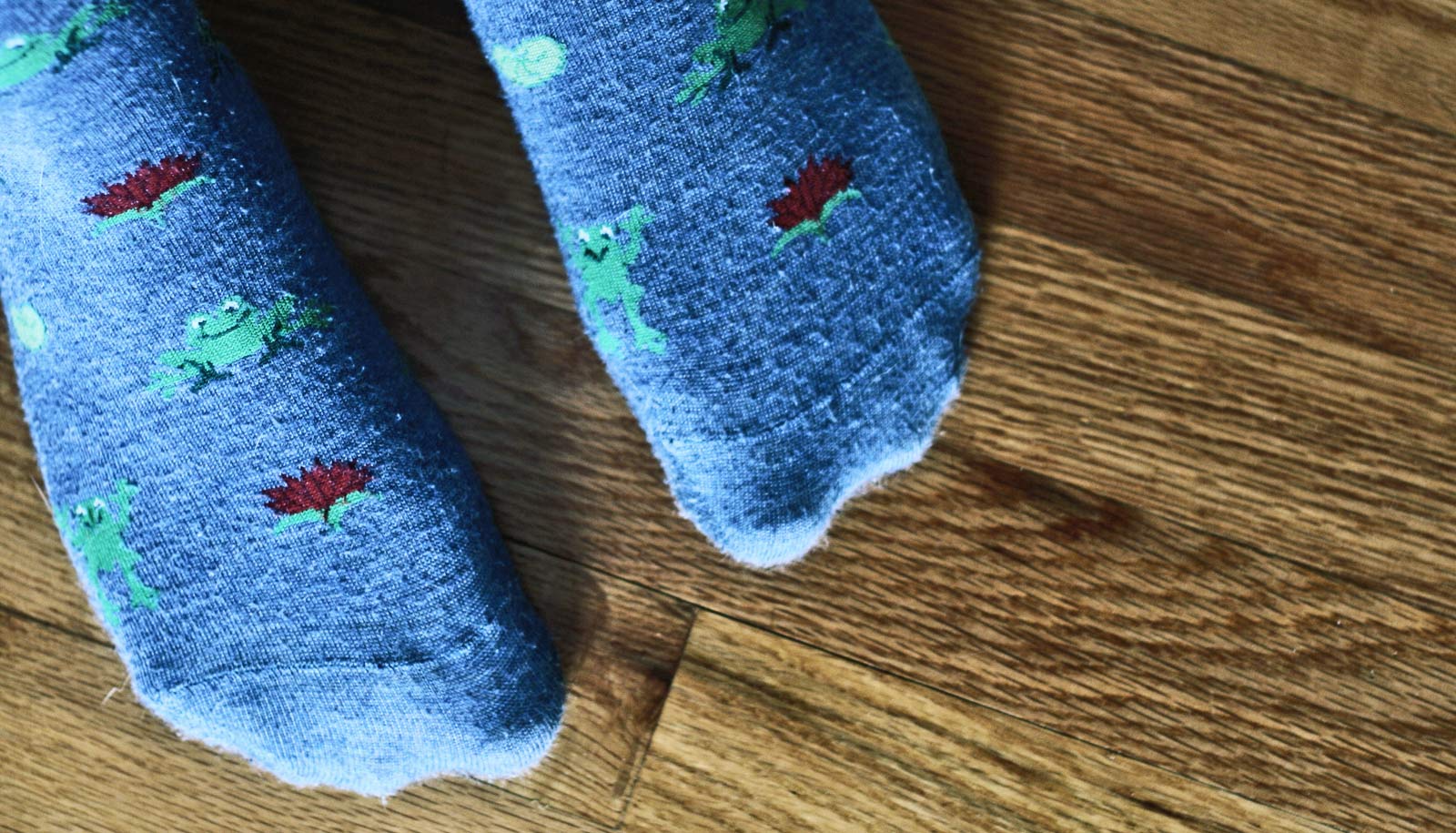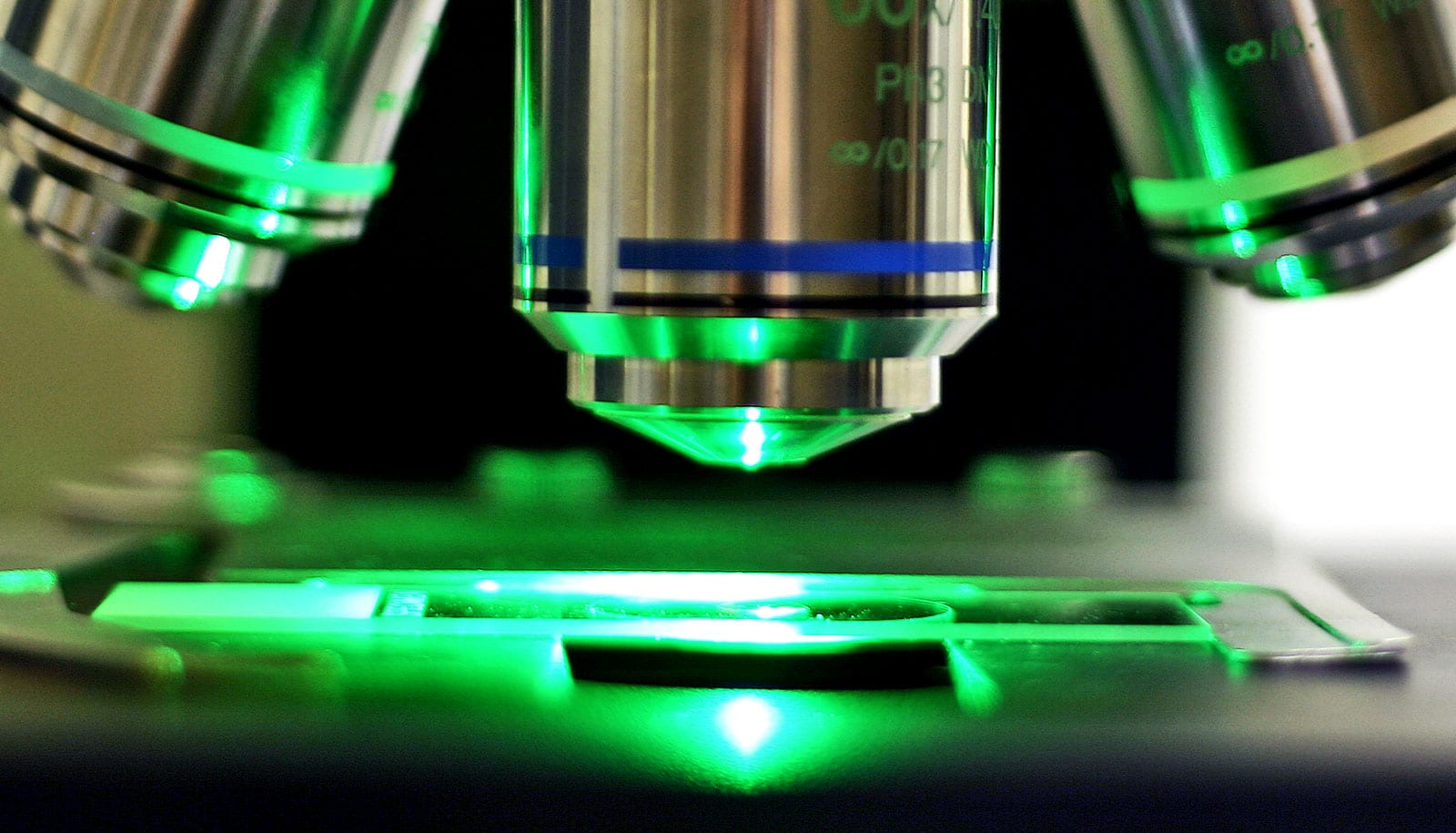Thermal imaging may better predict the size of a diabetes-related foot ulcer, and how it may heal, according to a new study. It may also save money by offering better targeted treatment.
About 415 million people globally have diabetes and up to 10 percent develop diabetes-related foot ulcers, the most common diabetes-related complication requiring hospital treatment. In Australia, diabetes-related foot disease costs the health system an estimated $875 million every year.
Measuring an ulcer’s area and temperature are effective for determining its treatment and duration. However, current methods can prove inaccurate, as many factors can interfere with the healing process.
Based on the findings, researchers say they want to see thermal imaging, which is suitable for most clinical settings, used as an inexpensive and real-time option to identify wounds that may have delayed healing.
Healing trajectory
Thermal imaging can pinpoint more accurately which wounds will heal quickly or not, says Elif Ekinci, principal research fellow and head of diabetes at Austin Health at the University of Melbourne. “With the ones that are unlikely to heal quickly, you can then do something else to help them heal.”
Wound healing trajectory is usually determined by comparing the surface area in weeks one and four using acetate film or a medical ruler. If the reduction rate is more than 50 percent, it is considered to be on a healing trajectory.
The study, which appears in the Journal of Diabetes Science and Technology, used thermal imaging to assess diabetes related foot ulcers in the first four weeks of ulceration. Researchers took thermal and color images of 26 neuropathic diabetes related foot ulcers (11 healing and 15 non-healing) from people with type 1 and type 2 diabetes. Experienced podiatrists also measured them manually over four consecutive weeks.
To measure ulcer size, researchers segmented thermal images into areas with similar temperature. The size of the patch corresponding to the wound bed was considered the ulcer’s physical size. This was more accurate than traditional methods.
Area and temperature
The research showed the wound bed’s isothermal area was lower at two weeks compared to baseline, which corresponded with a 50 percent reduction in area of diabetic foot ulcers at four weeks.
The study demonstrated for the first time that isothermal maps of thermal images of the wound bed from week one to week two were suitable for predicting the healing trajectory, says Behzad Aliahmad, principal researcher at RMIT University.
“Thermal imaging of diabetic foot ulcers has the advantage of incorporating both area and temperature, allowing for early prediction of the healing. The wound monitoring by the eye of the clinician is not accurate in identifying the chronic wounds in week two.”
Source: University of Melbourne



